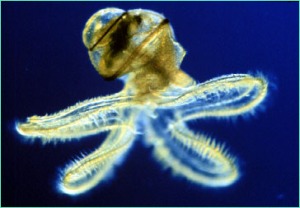My thoughts and prayers go out to the victims of the devastating earthquake on March 11, 2011 in Japan. Because I strongly believe pictures are worth a thousand words to illustrate the damage and destruction visit National Geographic to view a very powerful post of before and after images.












What people are saying …